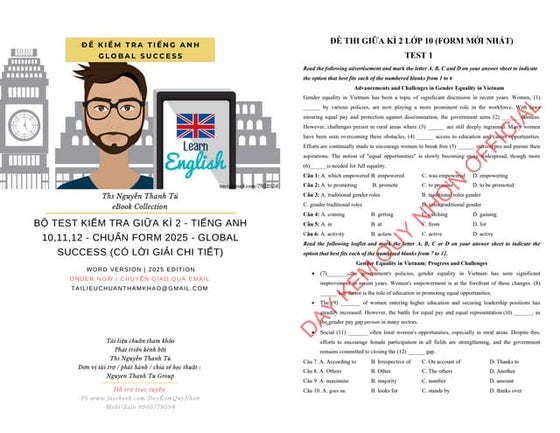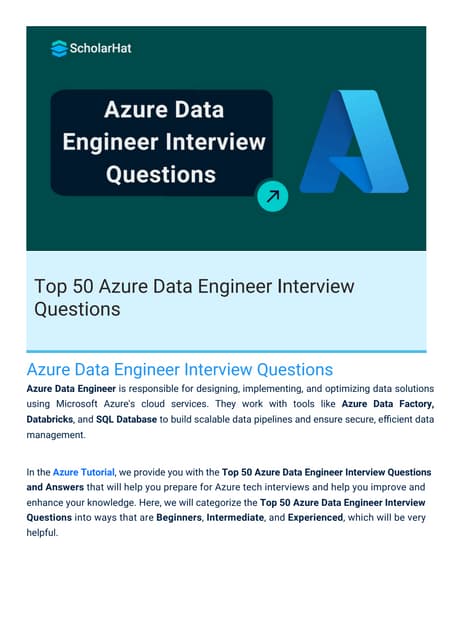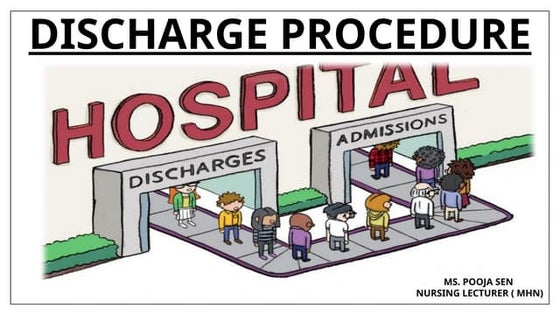Social media workshop
Social media is an important tool that can be used to spread Islamic messages and influence important discussions. It allows for two-way communication unlike traditional media. Facebook is currently the second most popular social media platform with over 80 million users in Pakistan. It is important for organizations like Jamaat-e-Islami Khawateen to create official pages and groups on Facebook and Twitter to build communities and share credible, authentic Islamic content with followers. Social media also provides opportunities to expose issues like corruption and influence discussions on topics like women's rights and religious issues. Learning the technical aspects of platforms like setting up accounts, posting, and engaging with others is important for effective usage.


































































































Recommended






















































More Related Content
Similar to Social media workshop (20)








































Recently uploaded (20)


































Social media workshop
- 1. SOCIAL MEDIA WORKSHOP Jamaat-e-Islami Khawateen Jalal Pur Jattan
- 5. RISE OF MEDIA SHOULD BE RISE OF NATION
- 8. ïžeasy to use ïžsharp ïžup to date ïžwithin reach
- 10. /
- 18. âĒ âĒ
- 19. US NEWS and WORLD REPORT Change the face of Islam Monitor
- 20. âĒ âĒ âĒ âĒ
- 23. New Work The technology learning curve New Employee 1 yr 2 yr 3 yr
- 30. Famous social networking sites
- 32. -
- 36. Voice Message
- 40. Key Activities of Internet Usage in Pakistan âĒ Email services â Top Email services providers â Hotmail, Gmail;, Yahoo, live.com, Ovi.com âĒ Social Media Networking â Top Social Media Networking sites â Face Book, Youtube, Yahoo.com, Twitter, Linkdin, Orkut âĒ Bloggers/Aggregators â Technology, Politics, Health, Entertainment & Lifestyle, Music & Fashion âĒ Instant Messaging â Facebook chat, MSN chat, Yahoo chat, Skype âĒ Search Engine Optimization â Google and Yahoo search engines and MSN
- 41. Why social media??? âĒ Think of regular media as a one-way street where you can read a newspaper or listen to a report on television. âĒ Social Media has changed the way people connect, discover, and share information. âĒ Most people think that social media is a place where all the crazy teenagers post party pictures, tell people their problems or gossip about every thing. âĒ While it should be a source of using to spread islam and also For the purpose of sharing and discussing ISLAM. âĒ And this is a best way of preaching ISLAM.
- 44. Influence electronic media âĒ topics - Hijab âĒ Issues- Malala, tahir qadri, bilawal, musharaf âĒ Anchors- Hamid mir(capital talk) âĒ Target- Channels, anchors, issues
- 45. Influence âĒ Government â expose corruption, poor governance, take up of issues( hurmate rasool, burma issue) âĒ Judiciary- Shahrukh case âĒ Establishment- voters list, Kharotabad, Sarfaraz shah murder, shiya community murder âĒ election commission- voters list issue
- 46. Facebook on No 2 in Social Media
- 48. Why âĒ 80,68,880million users âĒ Male: 5,608,160 âĒ Female: 2,444,860 âĒ Biggest age group 13-35y: 7,638,560 âĒ Big Cities: Karachi, Lahore, Islamabad
- 49. Why Community building Show of power
- 50. Facebook Signing-up âĒ Display Pic (DP) âĒ Introduction âĒ User Name & E-Mail (use unique and same) âĒ Selected and concern friends âĒ Tagging âĒ Groups/Pages (Cause, Individual, organizations, interest) âĒ Credible and Authentic Sharing âĒ Use Mobile for Status Update âĒ Avoid âTrollingâ
- 53. Like Like
- 70. âĒ âĒ âĒ âĒ
- 72. âĒ âĒ âĒ âĒ
- 73. My Bit for Change âĒ âĒ âĒ
- 75. What is Twitter
- 77. The Science of Twitter
- 78. Science of Twitter means nuts and bolts or technicalities of Twitter Or How to set up Twitter Account and understanding its functions and features
- 79. First, you need to set up an account: ïķ Go to http://twitter.com/ ïķ Go to âSign Upâ ïķ Look at the next two slides ïķ The first screen shot shows you where the âSign Upâ is when you first enter the website ïķ You will notice a red arrow next to the âSign Upâ ïķ The screen shot after that shows you the blank âSign Upâ page
- 84. Type your tweet here and hit the tweet bar! Click here to see who is following you and who you follow. Here your tweet is display
- 85. You are equipped anytime Take out your phone from pocket and start now
- 95. âĒ âĒ âĒ âĒ
- 96. âĒ âĒ
Editor's Notes
- #2: This template can be used as a starter file for presenting training materials in a group setting.SectionsRight-click on a slide to add sections. Sections can help to organize your slides or facilitate collaboration between multiple authors.NotesUse the Notes section for delivery notes or to provide additional details for the audience. View these notes in Presentation View during your presentation. Keep in mind the font size (important for accessibility, visibility, videotaping, and online production)Coordinated colors Pay particular attention to the graphs, charts, and text boxes.Consider that attendees will print in black and white or grayscale. Run a test print to make sure your colors work when printed in pure black and white and grayscale.Graphics, tables, and graphsKeep it simple: If possible, use consistent, non-distracting styles and colors.Label all graphs and tables.
- #3: Give a brief overview of the presentation. Describe the major focus of the presentation and why it is important.Introduce each of the major topics.To provide a road map for the audience, you can repeat this Overview slide throughout the presentation, highlighting the particular topic you will discuss next.
- #10: This is another option for an Overview slides using transitions.
- #15: This is another option for an Overview slide.
- #16: What will the audience be able to do after this training is complete? Briefly describe each objective how the audiencewill benefit from this presentation.
- #23: Use a section header for each of the topics, so there is a clear transition to the audience.
- #24: Add slides to each topic section as necessary, including slides with tables, graphs, and images. See next section for sampletable, graph, image, and video layouts.
- #27: Keep it brief. Make your text as brief as possible to maintain a larger font size.
- #33: Add a case study or class simulation to encourage discussion and apply lessons.







